Promoting an institution-wide commitment to animal welfare.
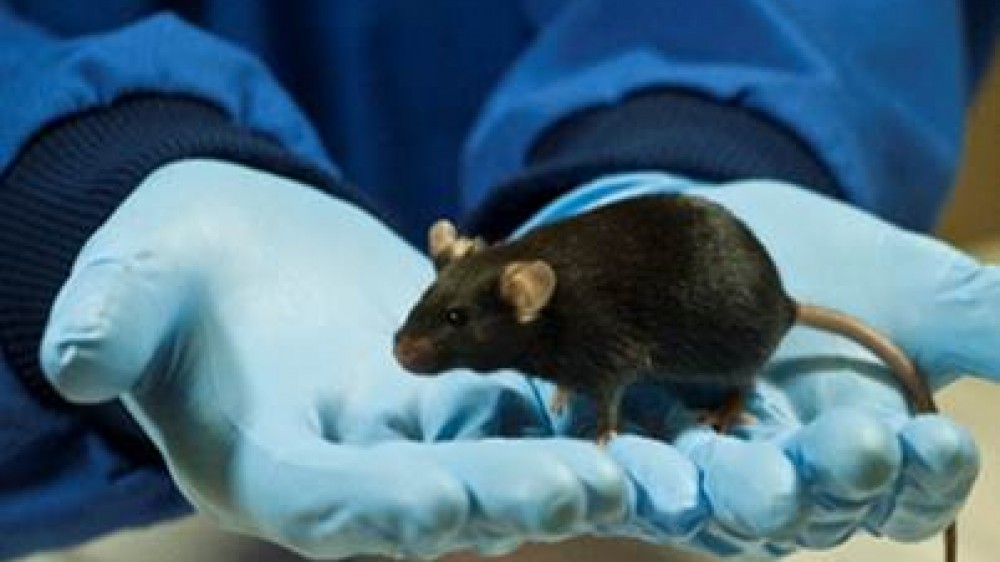
Promoting an institution-wide commitment to animal welfare.

Dr Megan LaFollette (NA3RsC) presents rat tickling as a positive handling technique and provides guidance on putting it into practice.

How magnetic resonance imaging (MRI) is contributing to the 3Rs in neuroscience studies involving non-human primates.
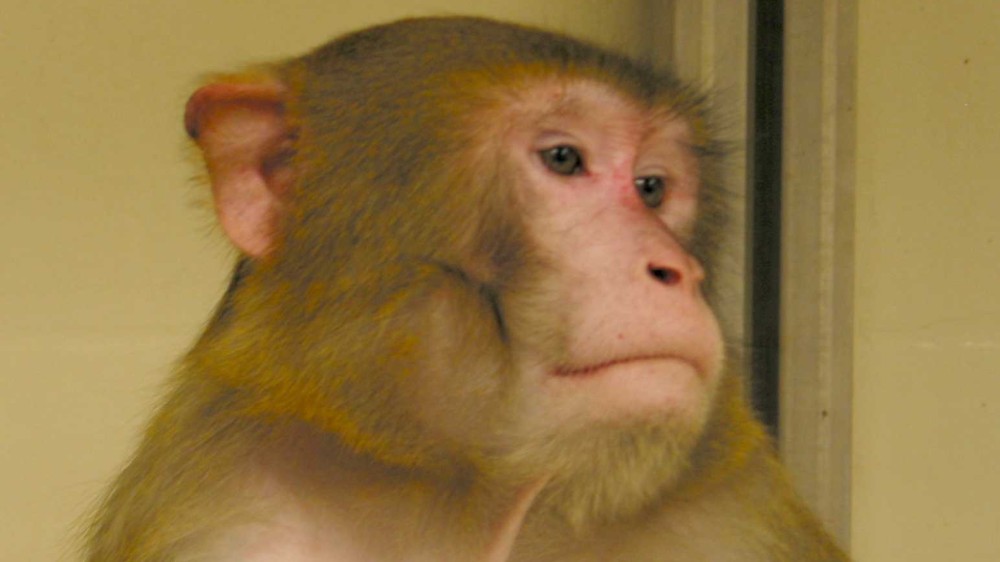
Guidance on choosing the appropriate anesthesia for laboratory animals, including links to further resources.
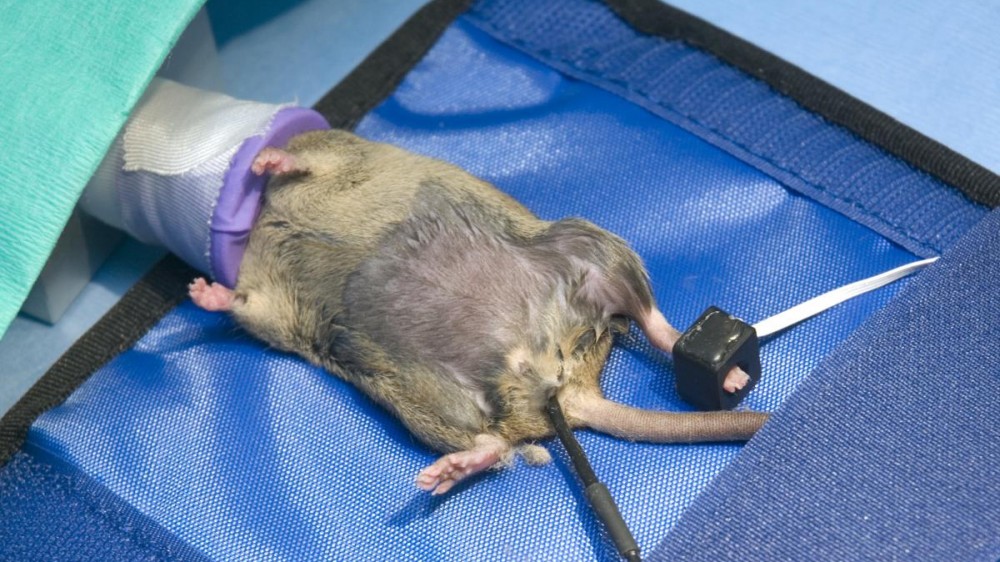
A flyer providing tips in English, Spanish, French and German, as well as links to further resources.
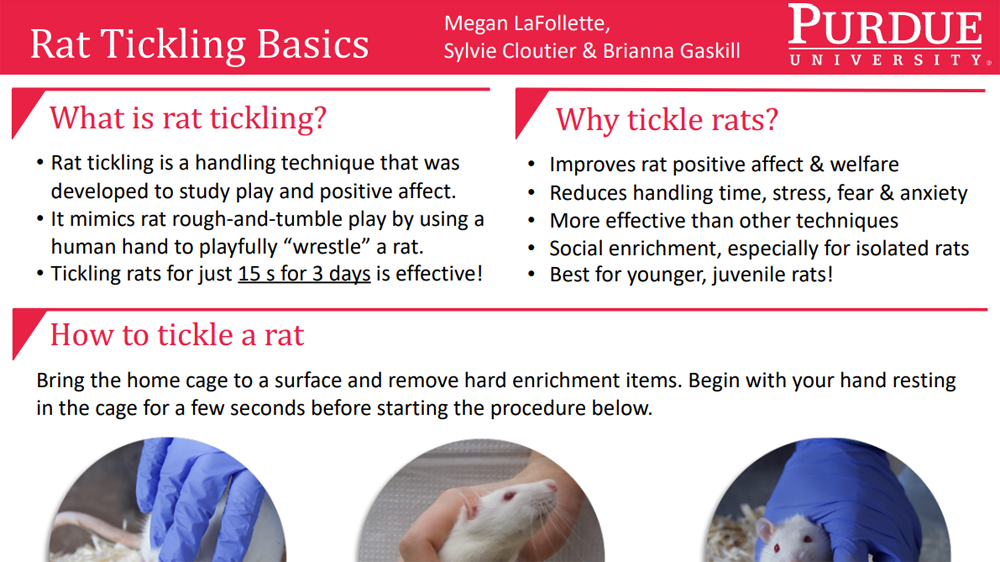
Bibliography and relevant resources for those working in the field of toxicology and regulatory sciences.

A webinar presented as part of the SETAC SciCon 2020.

A showcase of organ-on-a-chip research funded by the NC3Rs, highlighting the technology's scientific and 3Rs benefits.

Virtual presentations of 3Rs projects from across Europe.
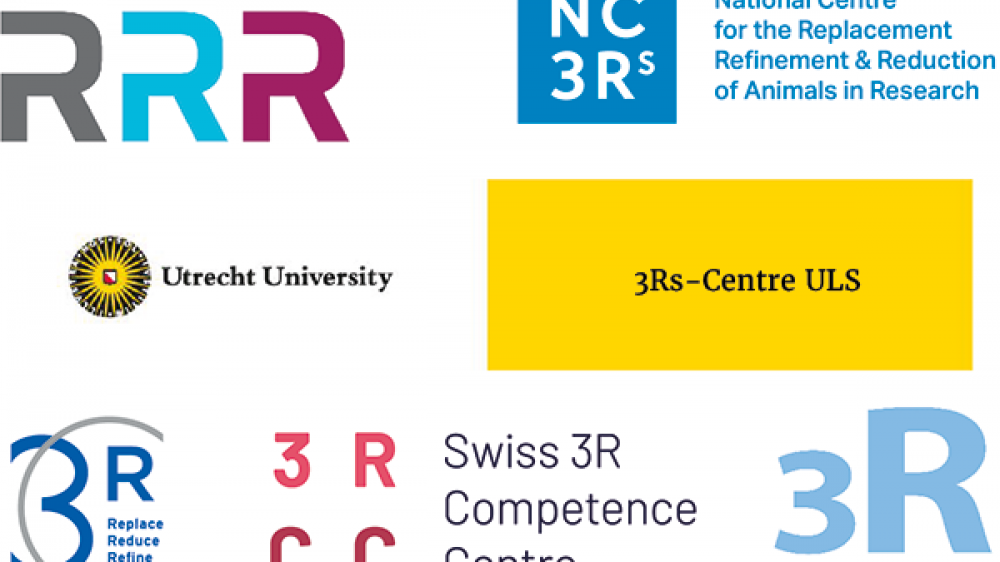
Intermittent breeding should be used instead of constant mating to avoid unnecessary wastage of animals, whilst retaining the ability to breed an
Specifically around re-starting breeding and animal experiments after a pause (e.g. work with mice after the COVID-19 lockdown).

Definition of key terms used in breeding and colony management.
For answers to more specific questions about colony management or breeding difficult strains you can email our dedicated advice service.

A dedicated website with resources for everyone who works with, or is interested in, laboratory macaques.

A webinar introducing the revised ARRIVE guidelines, the items in the ARRIVE Essential 10, and relevant resources.

Hear from champions based at facilities around the UK who have successfully implemented non-aversive mouse handling methods.
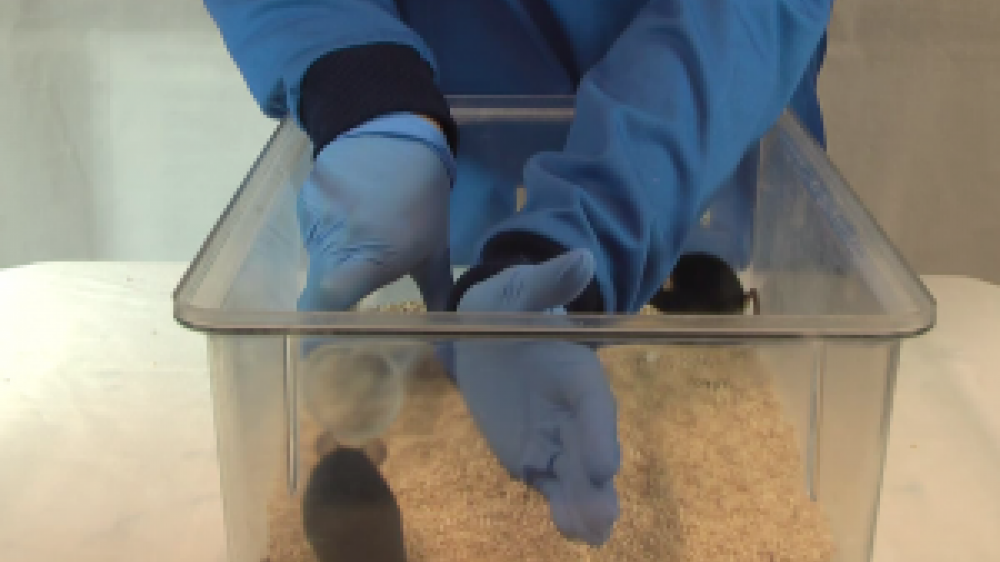
Learn more about why the single use of needles should be standard practice and how to implement this in your facility.
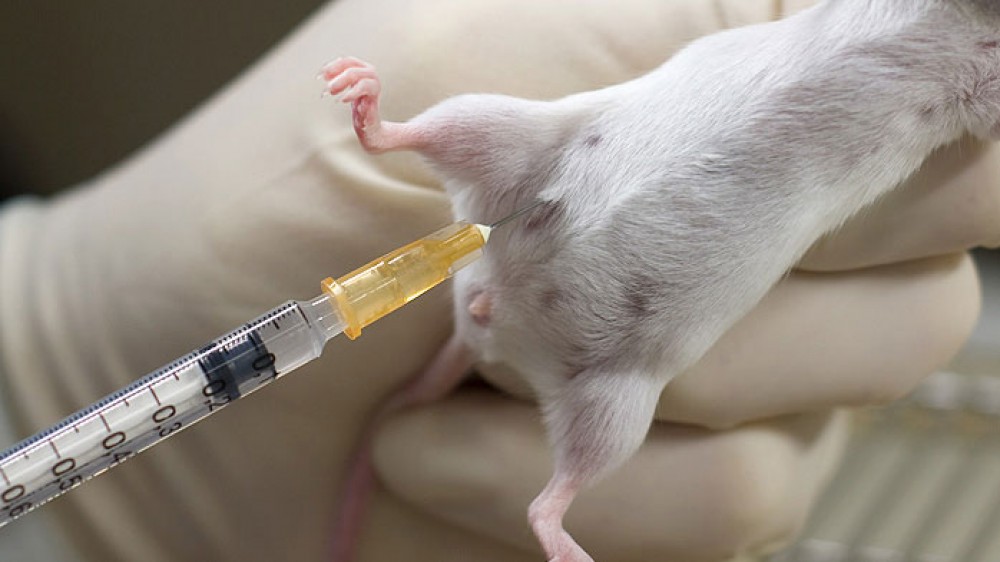
Showcasing our advice and resources designed to help researchers address the 3Rs in animal licence applications. Focused on the UK but applicable

Overview of the scientific and welfare benefits of moving to animal-free antibodies and affinity reagents, including EURL ECVAM recommendations.
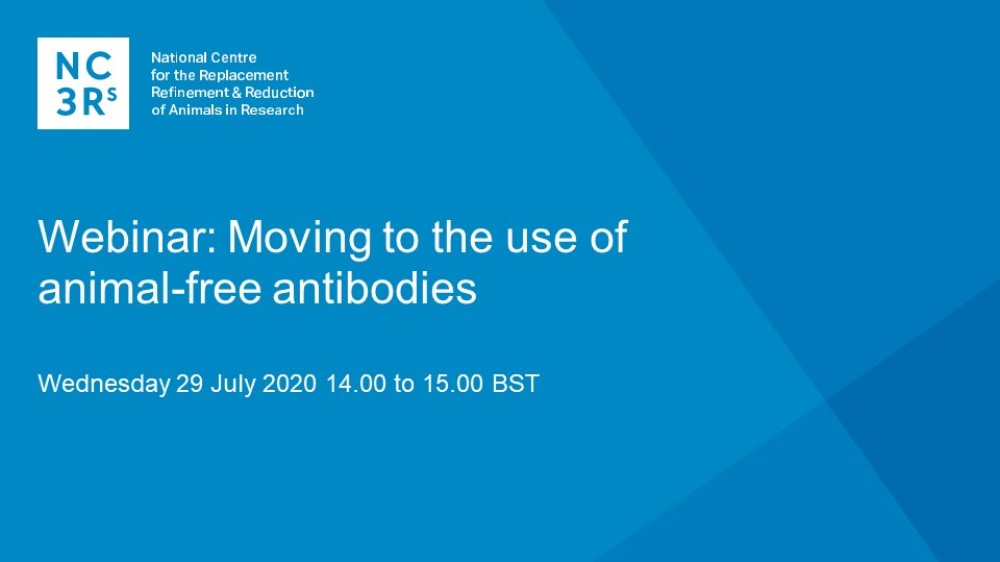
An introduction for early career and postdoctoral researchers, applicable to both in vivo and in vitro experiments.

How to recognise and prevent pain, suffering and distress in laboratory animals.
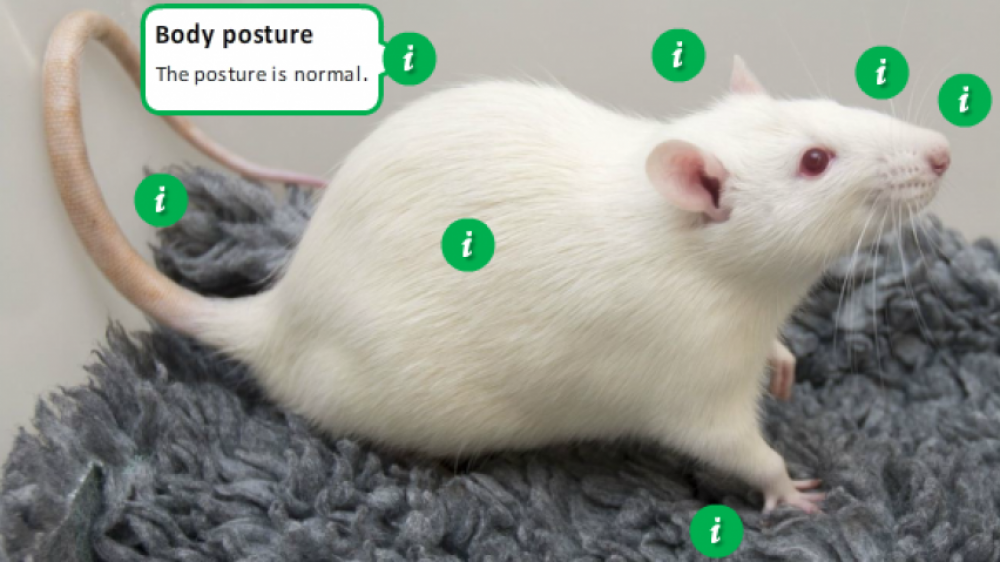
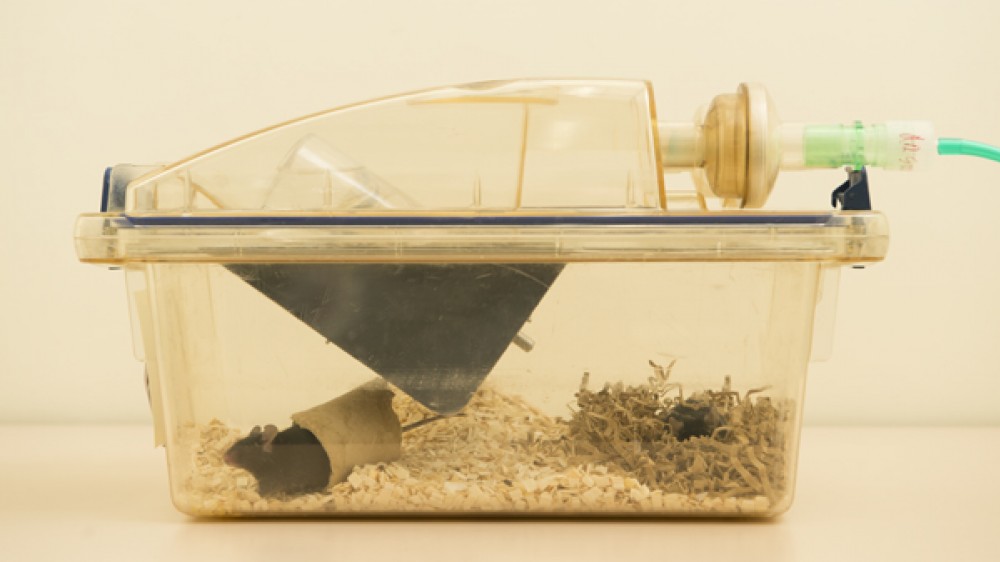
Ensuring best practice in anaesthesia for minor procedures.
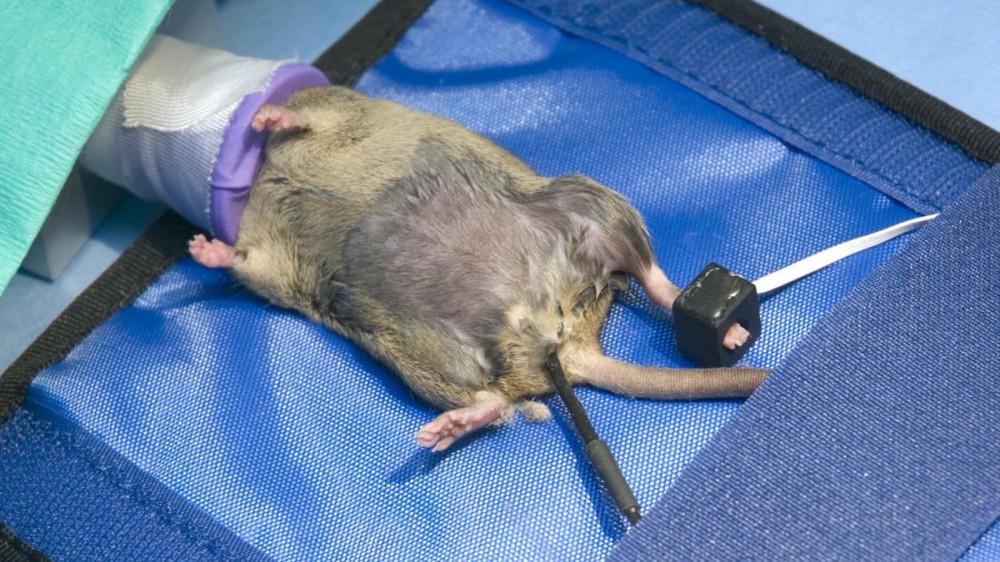
A webinar for in vivo researchers or students with limited or no experience of systematic reviews.
